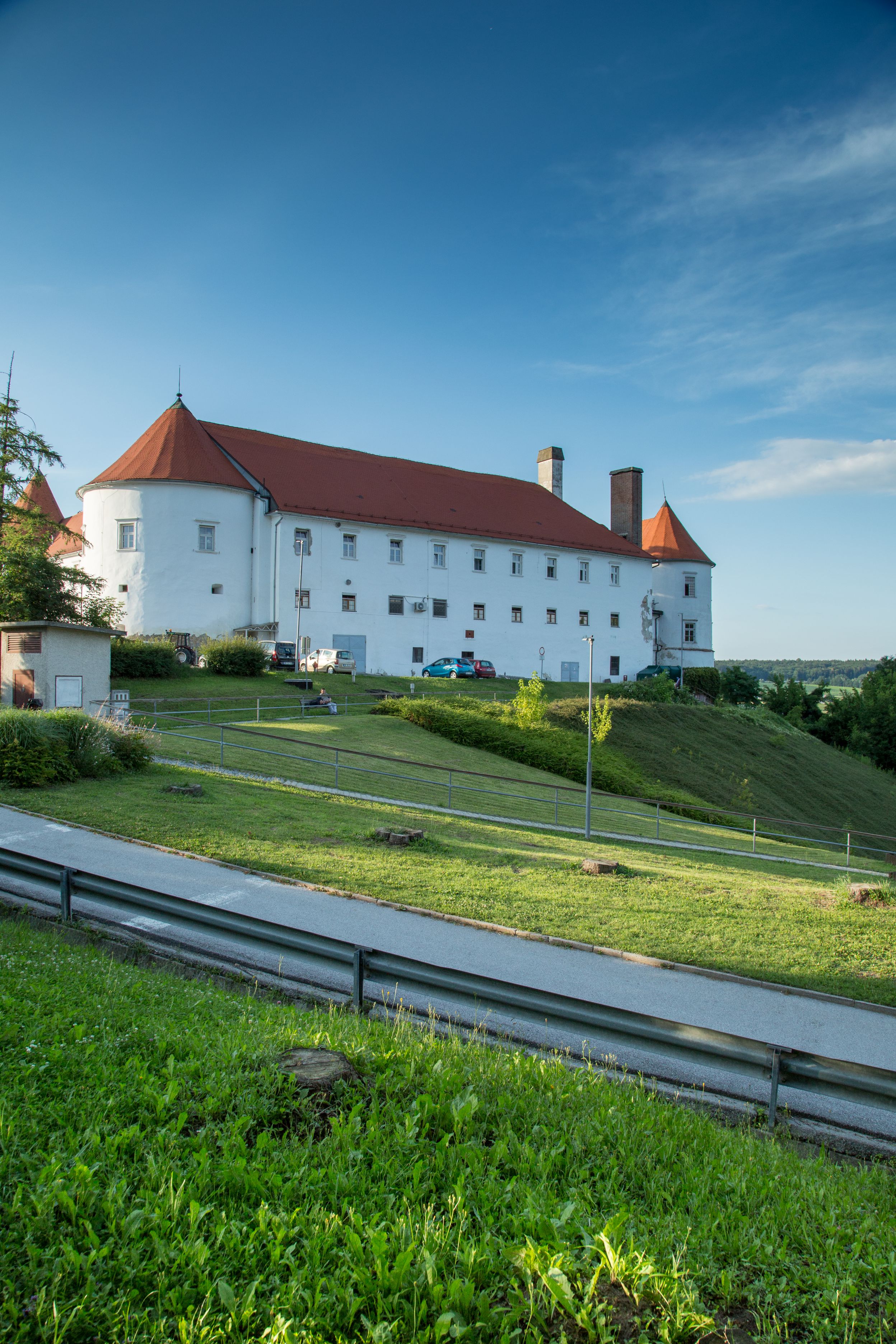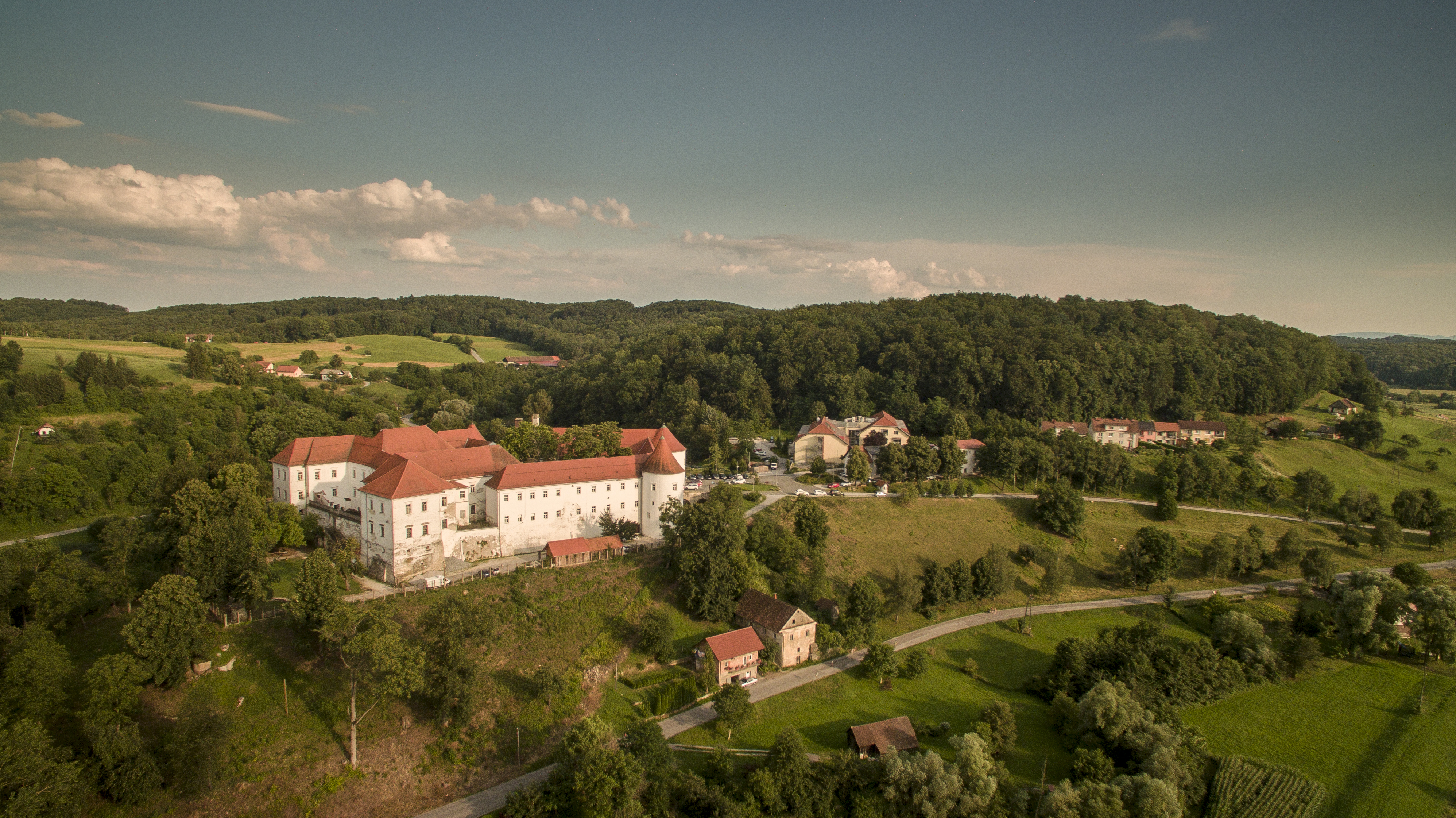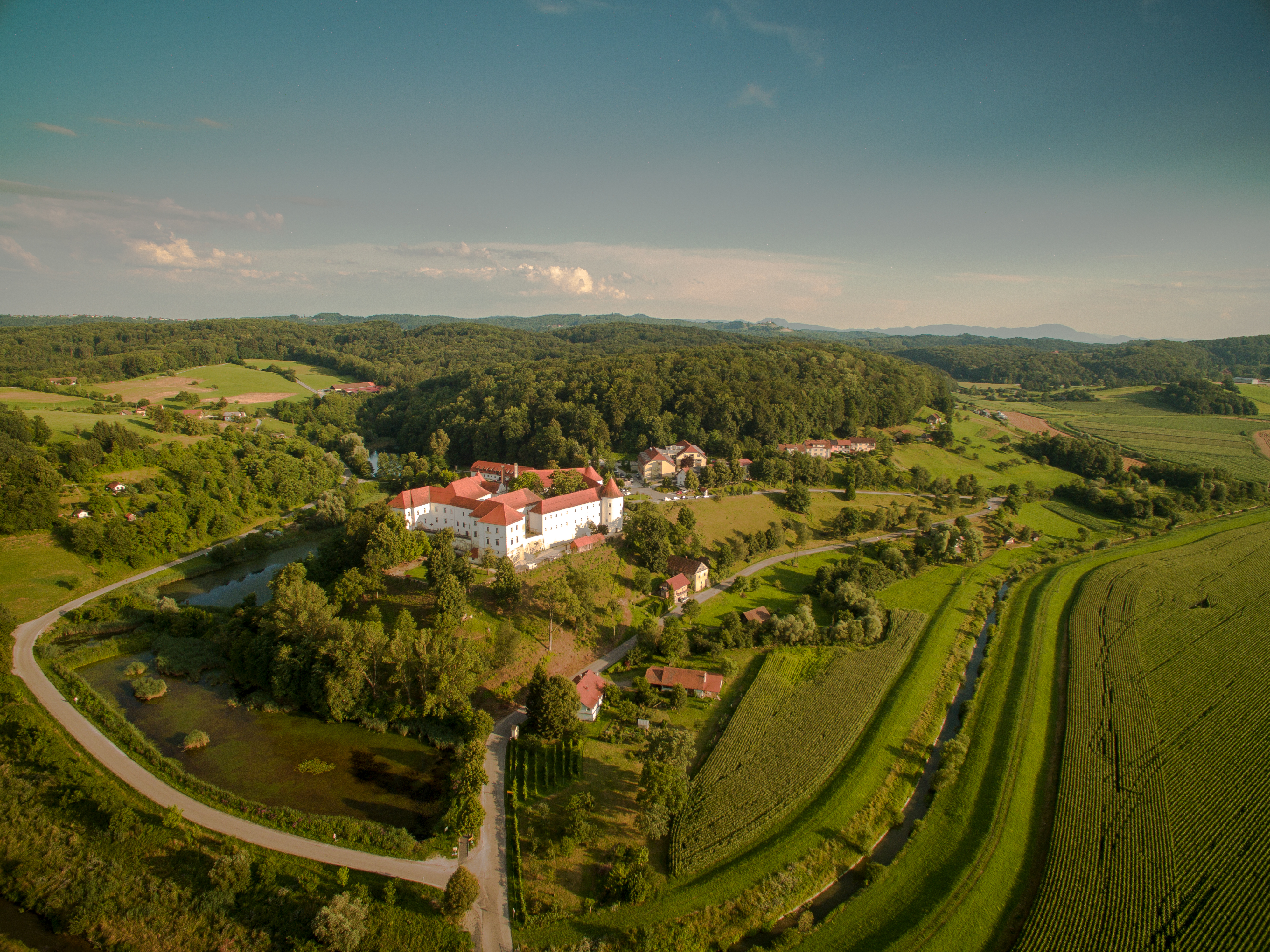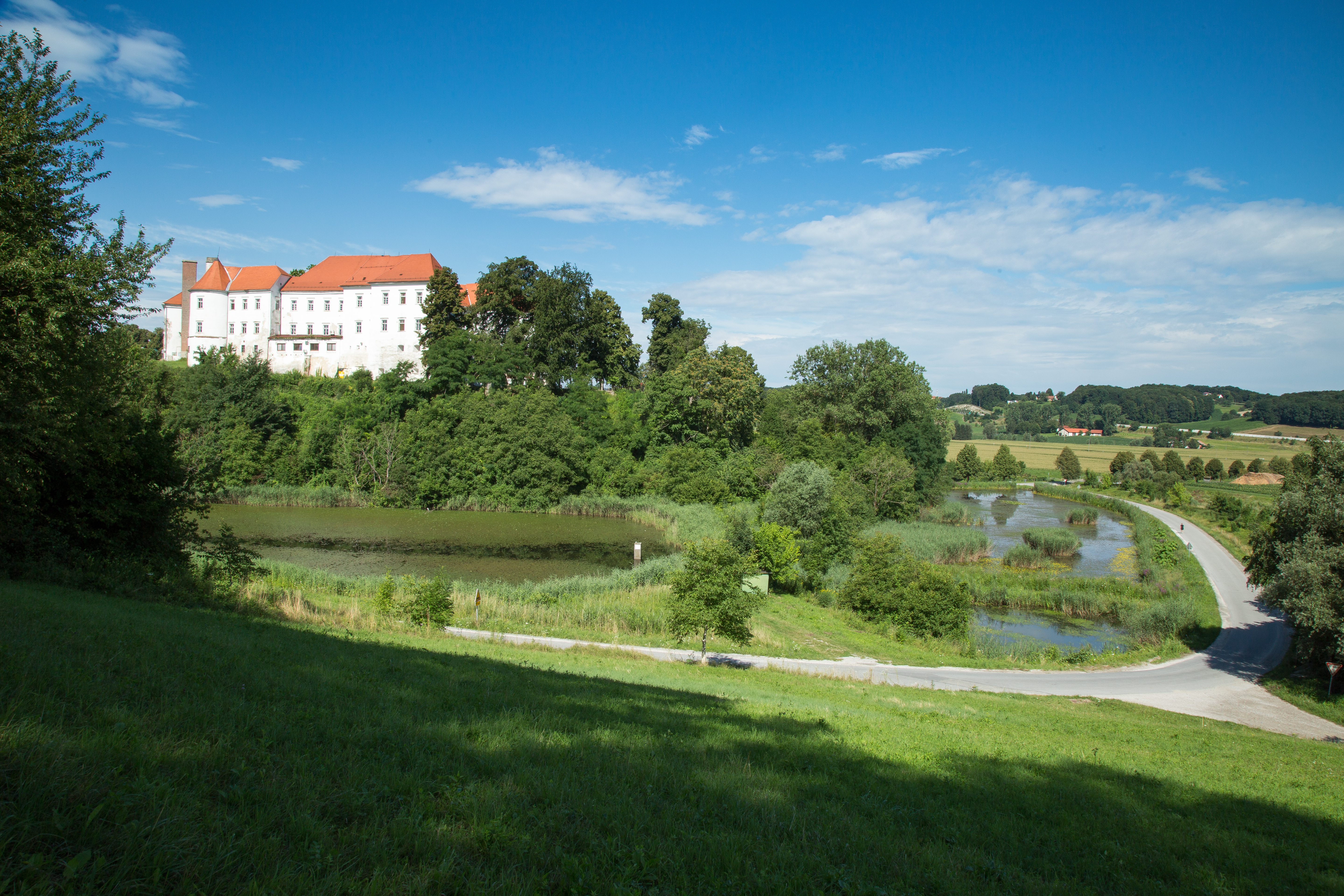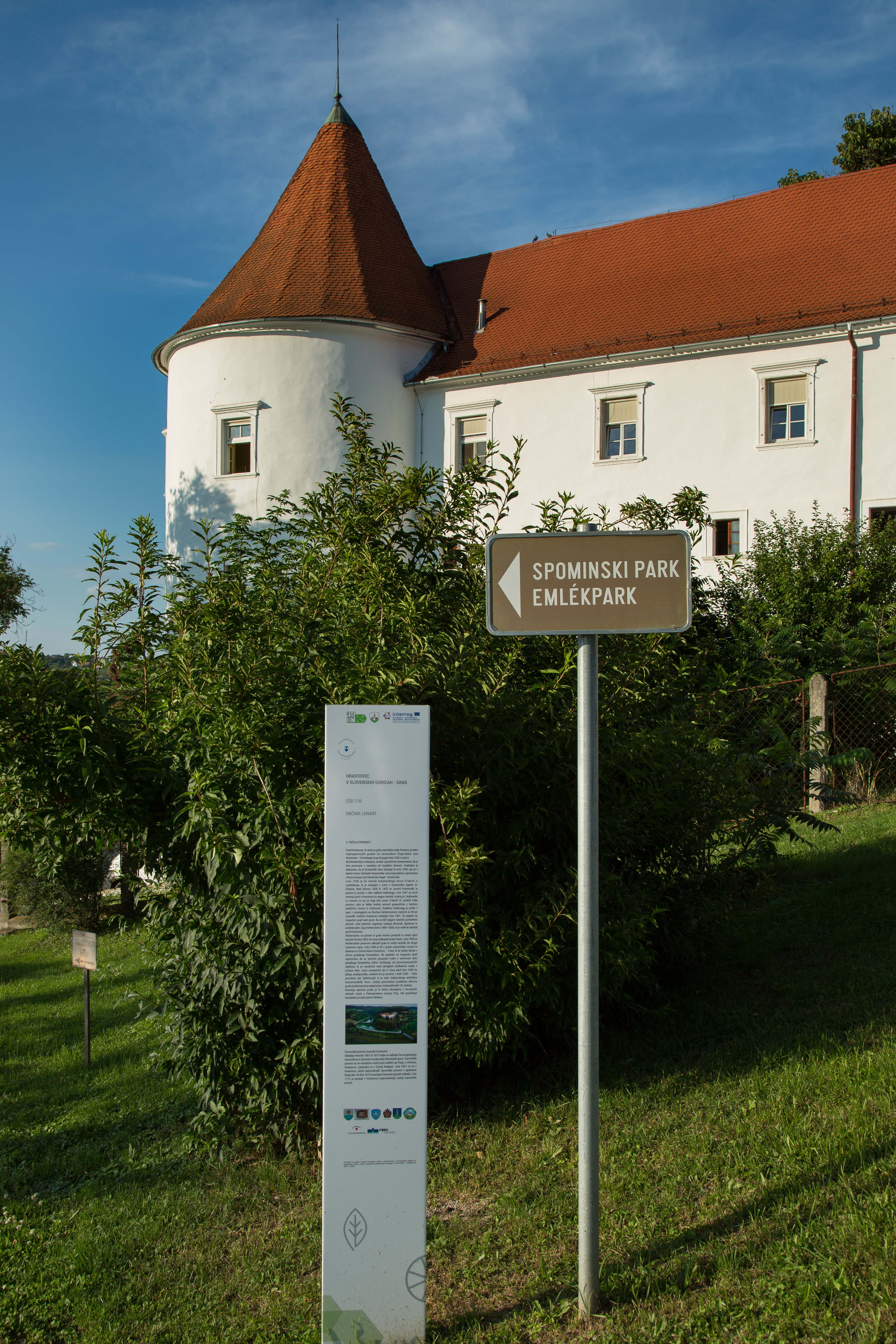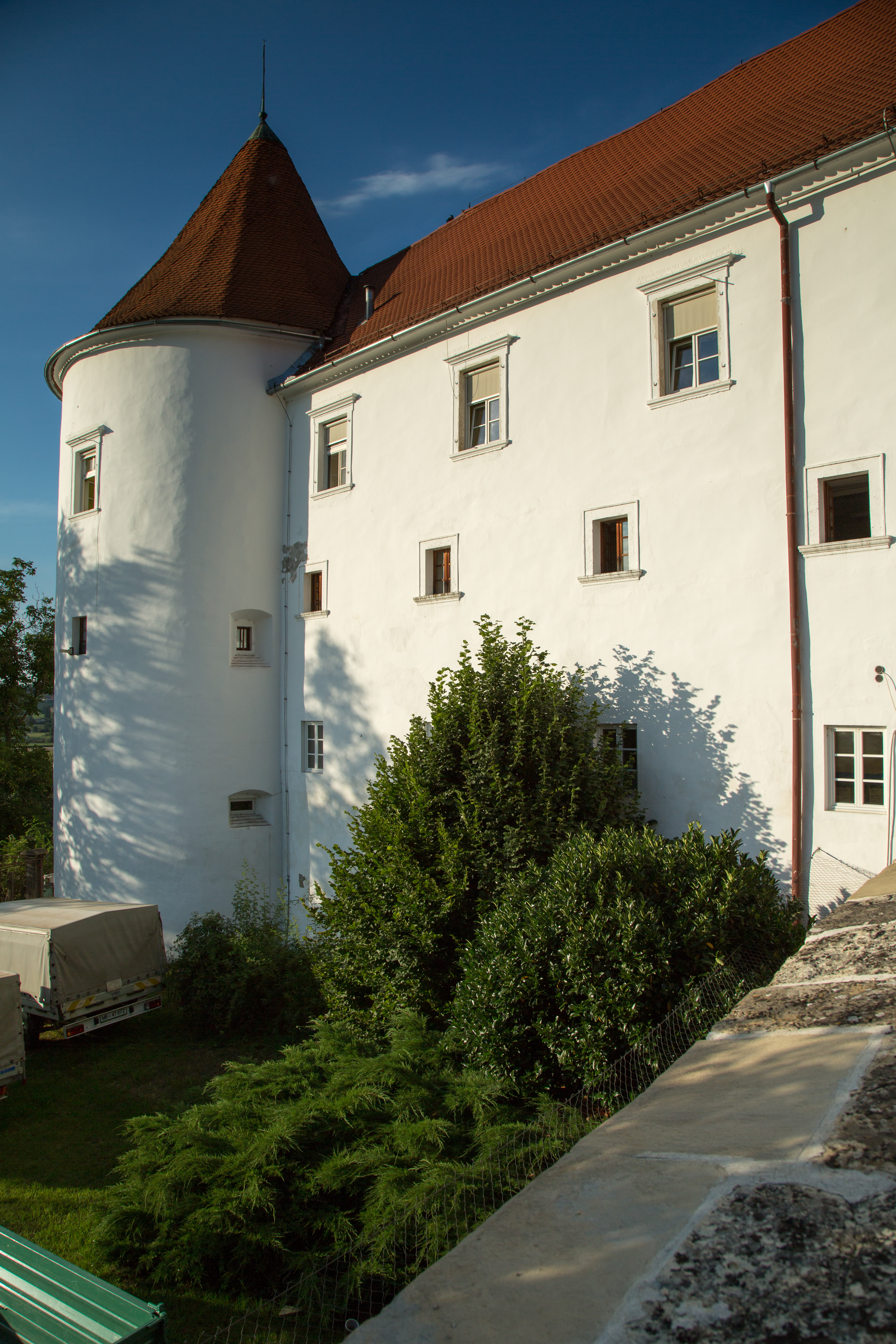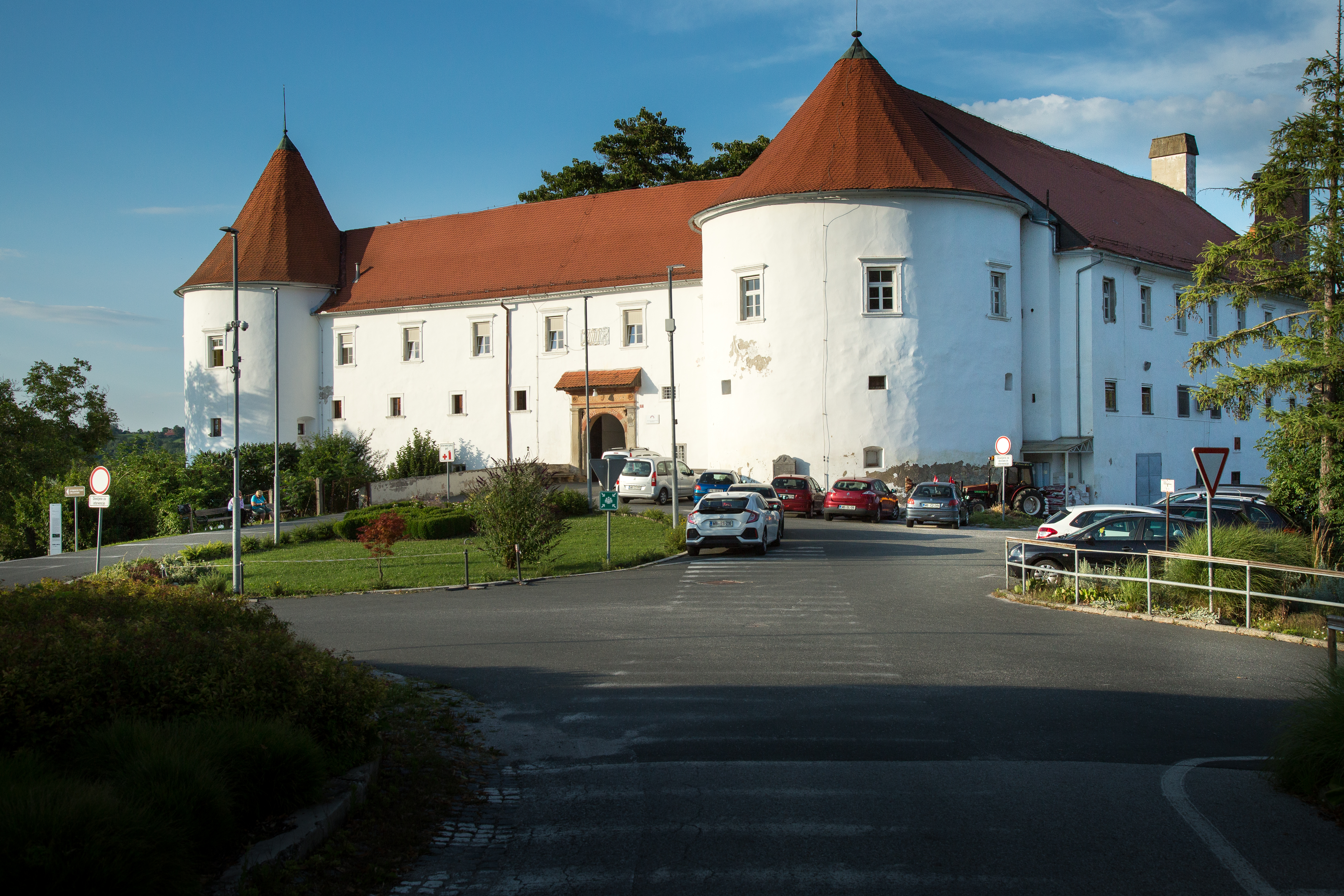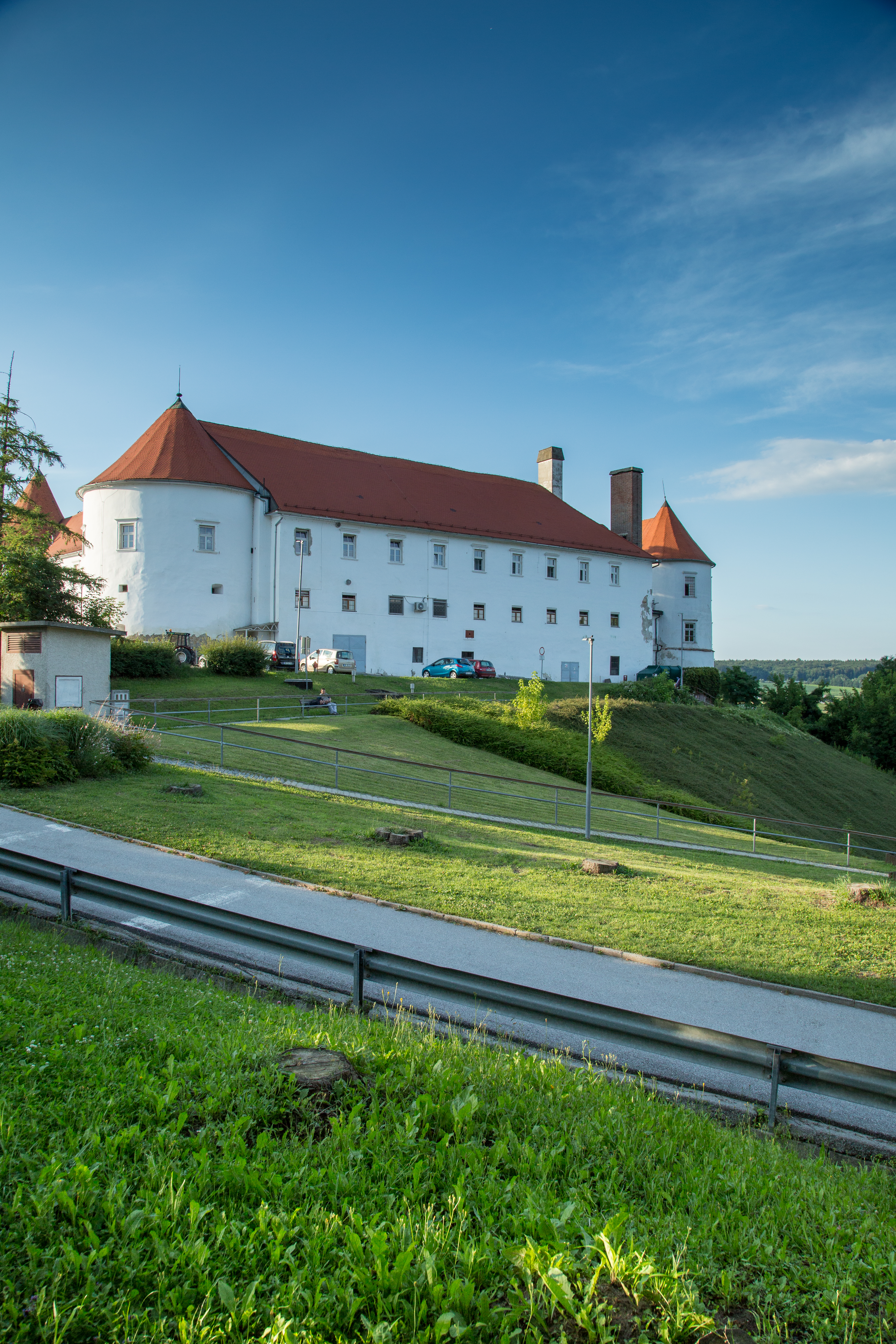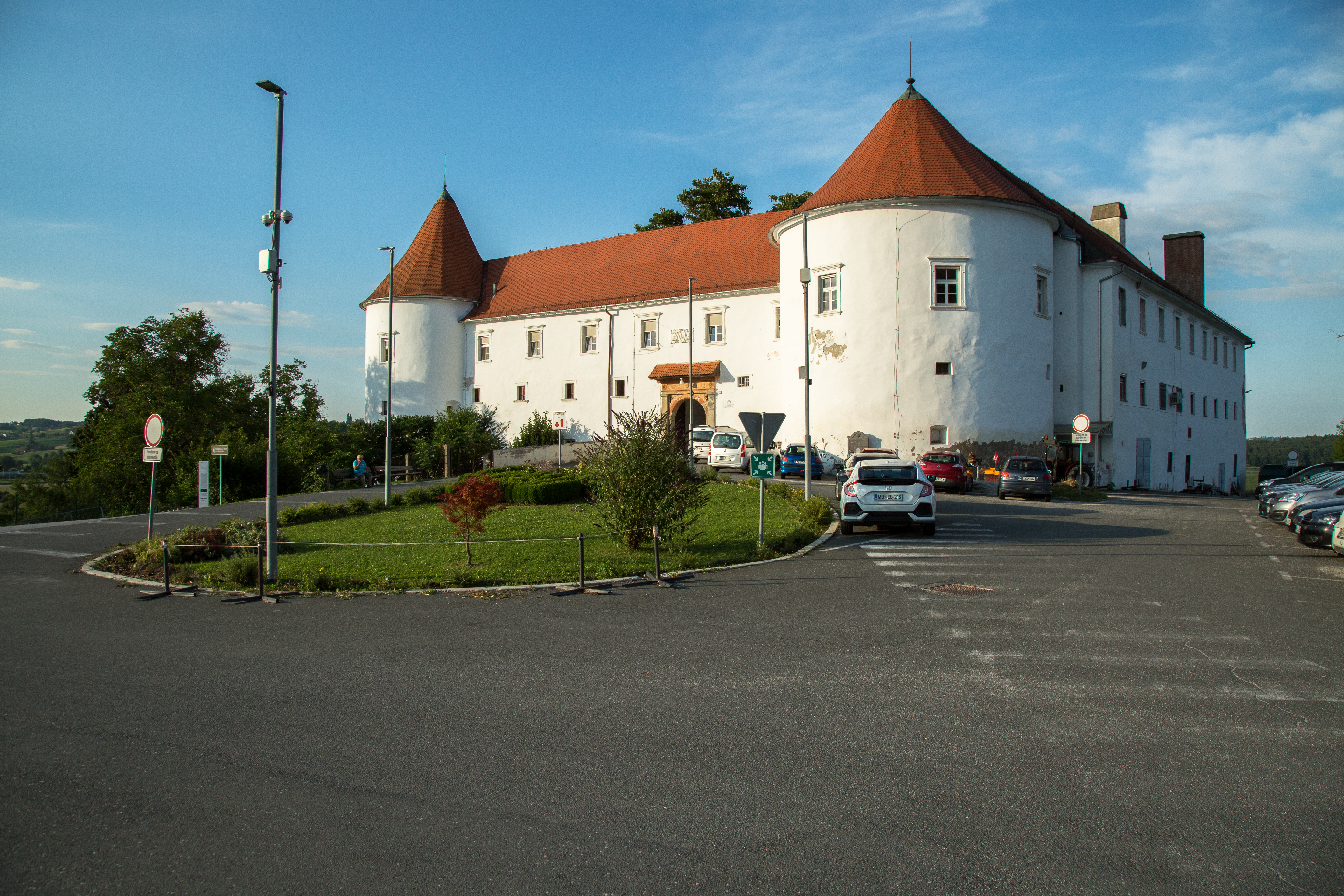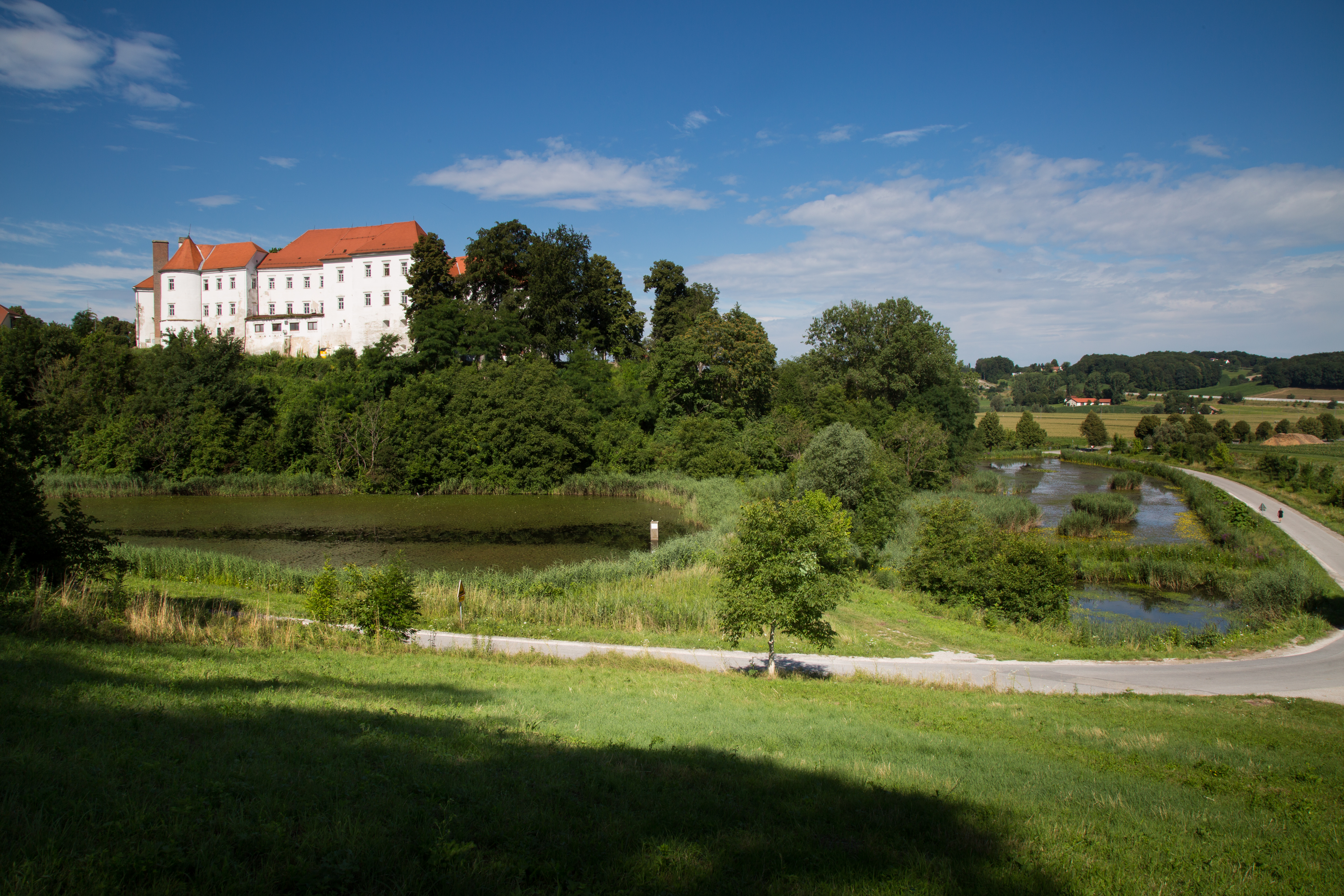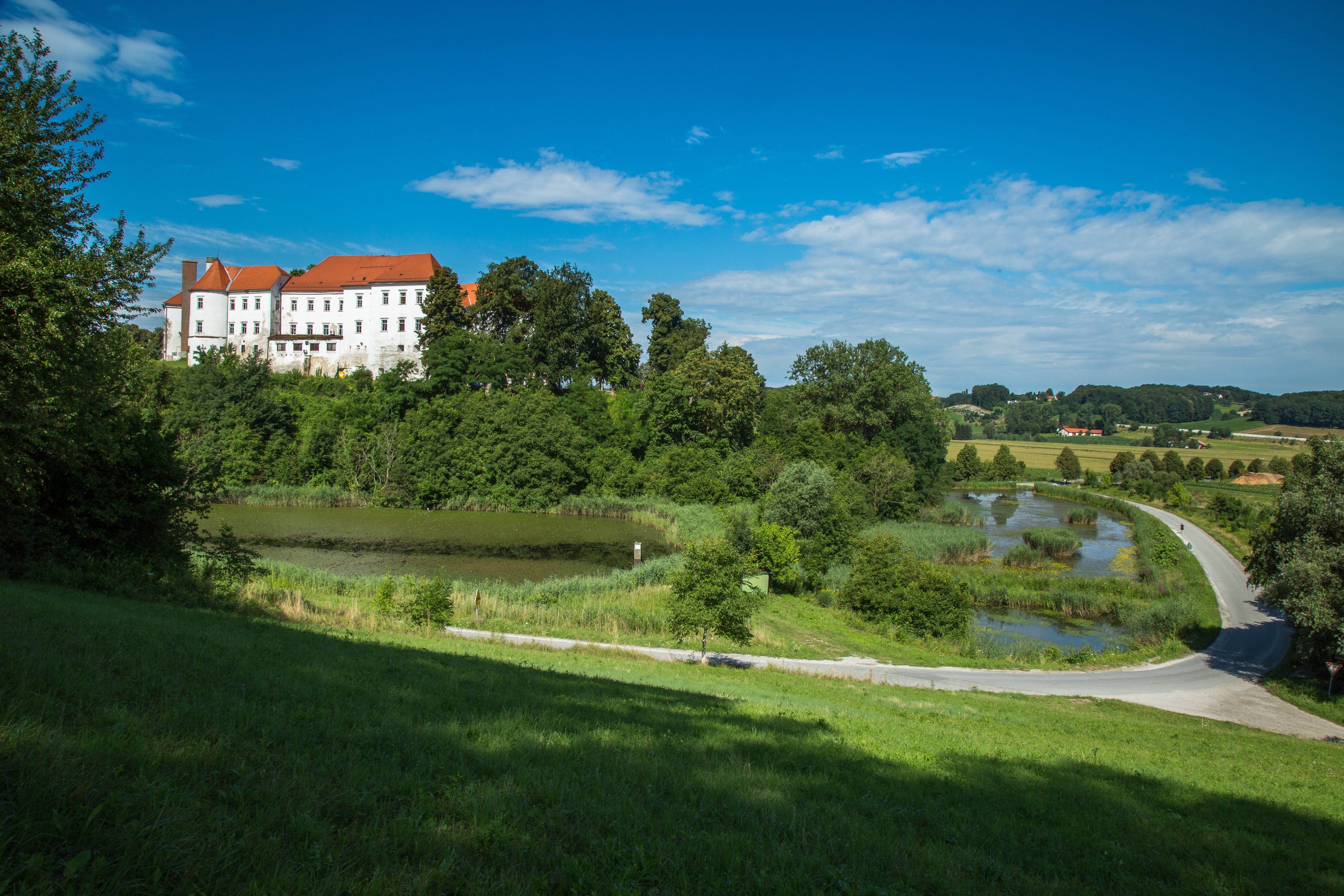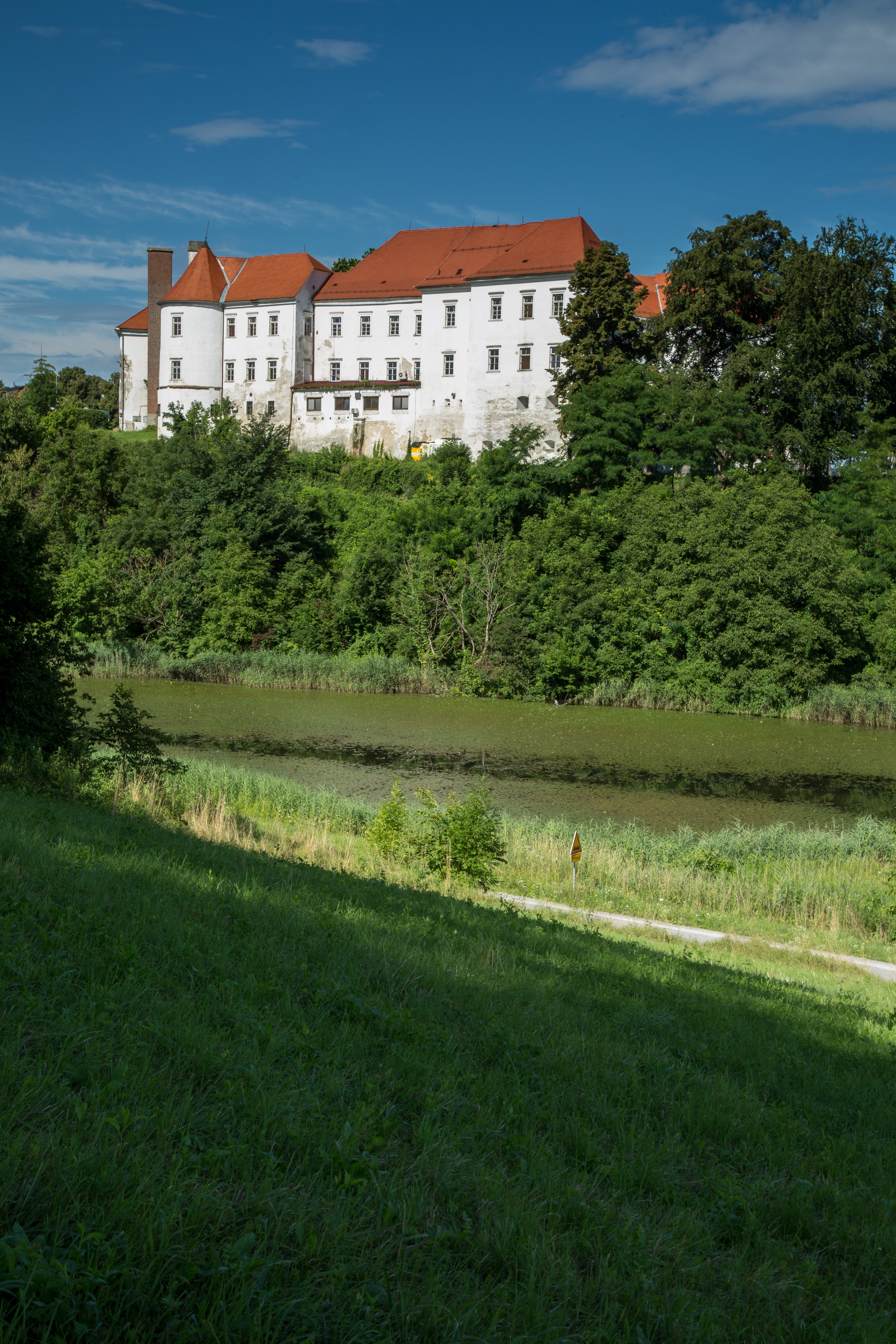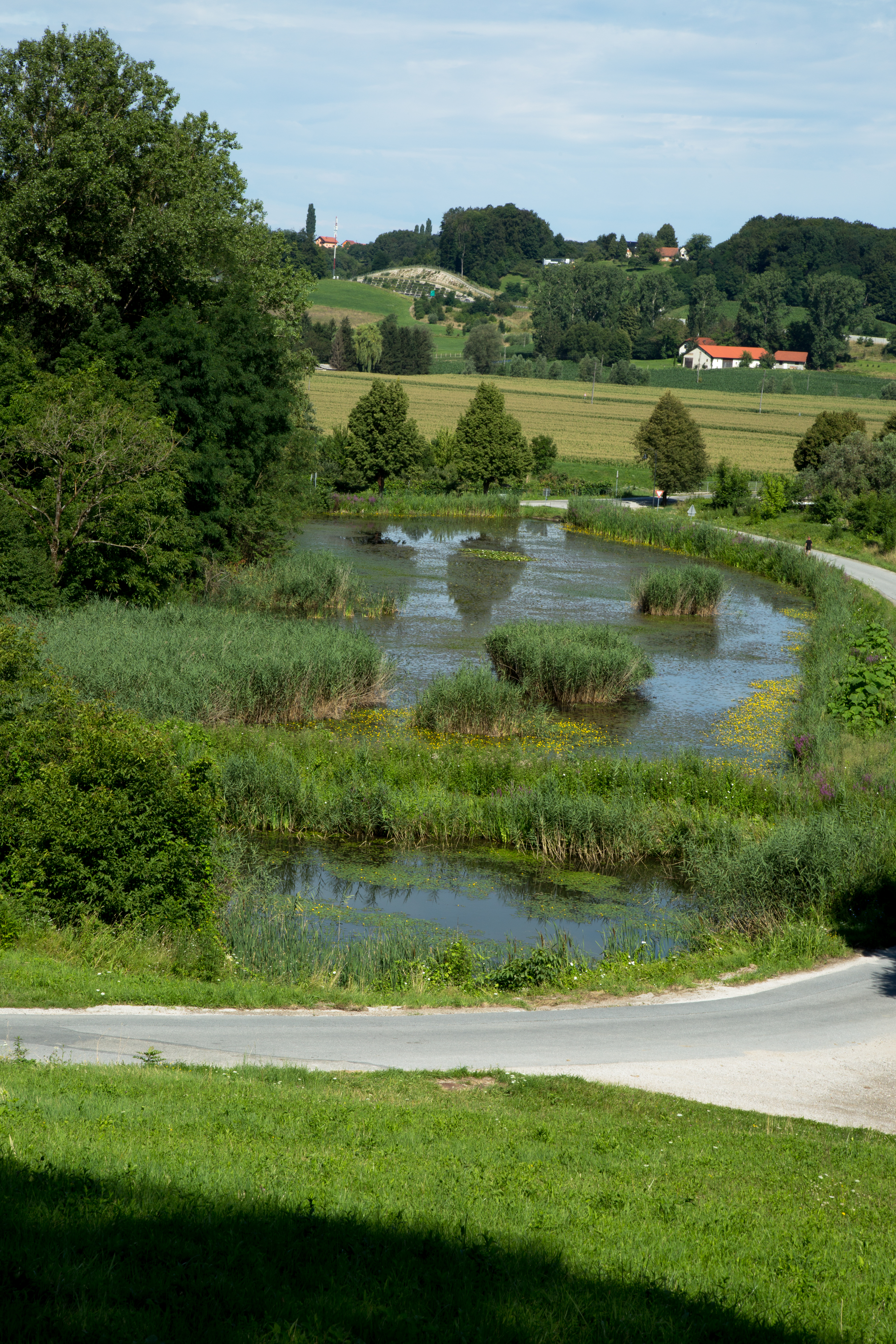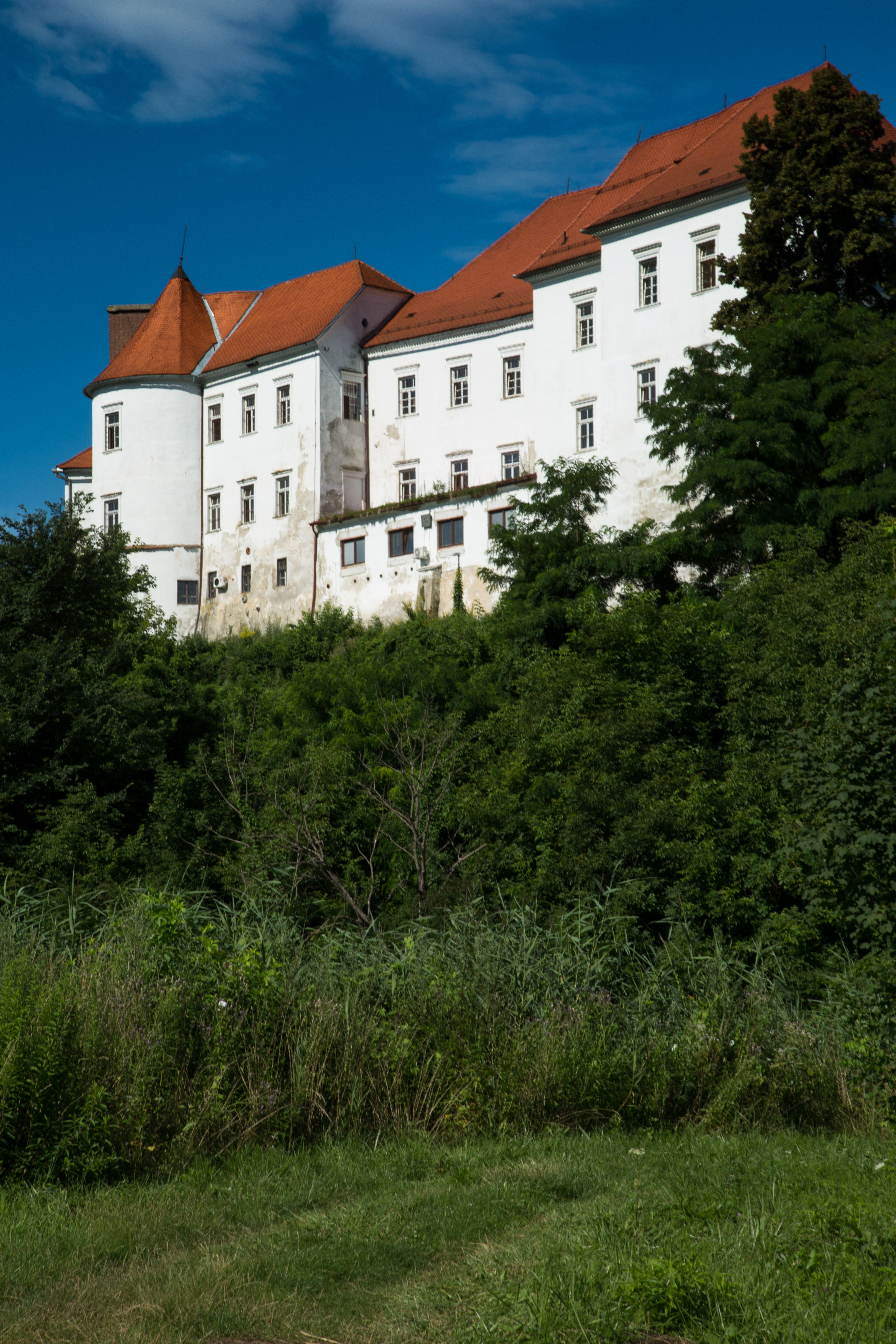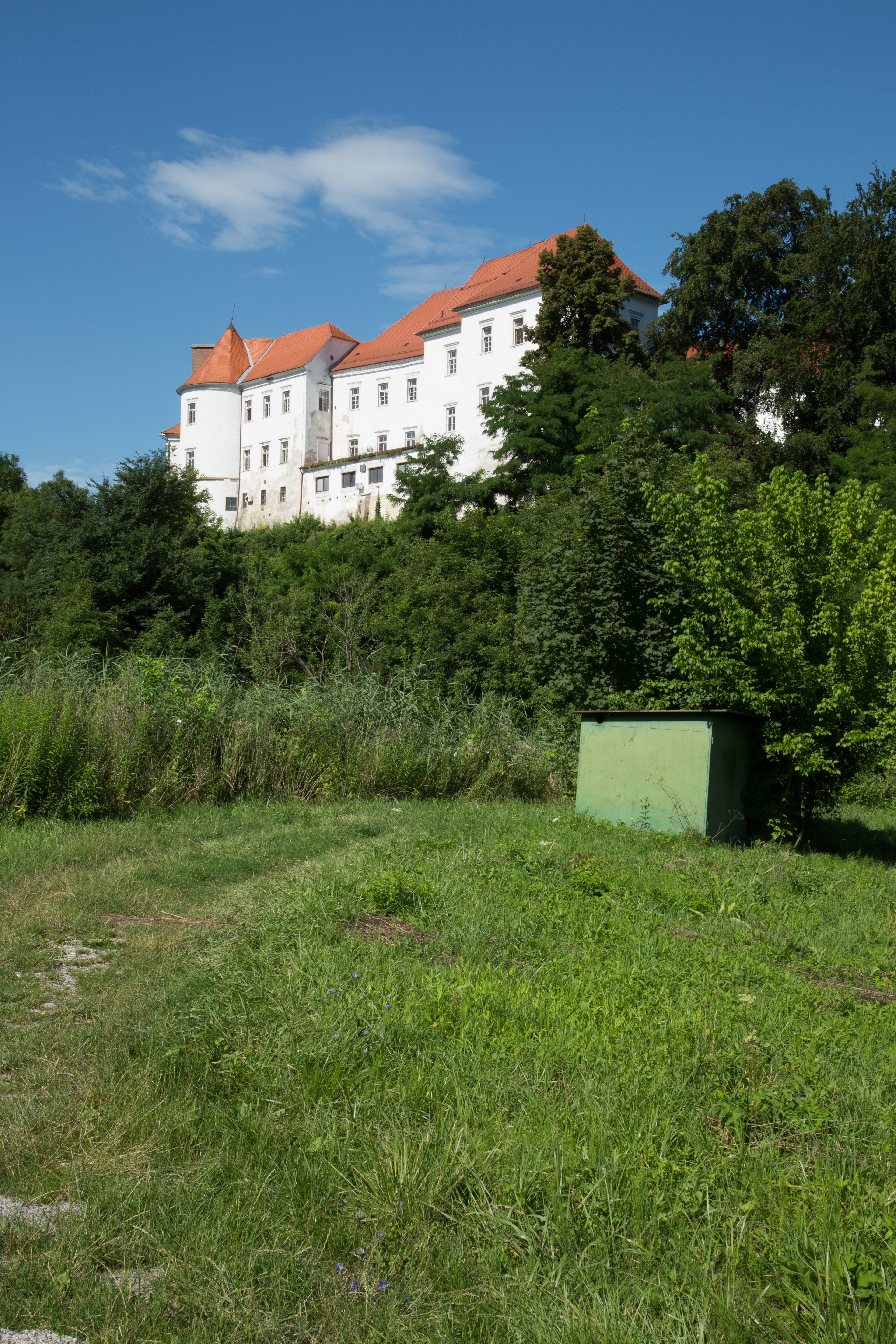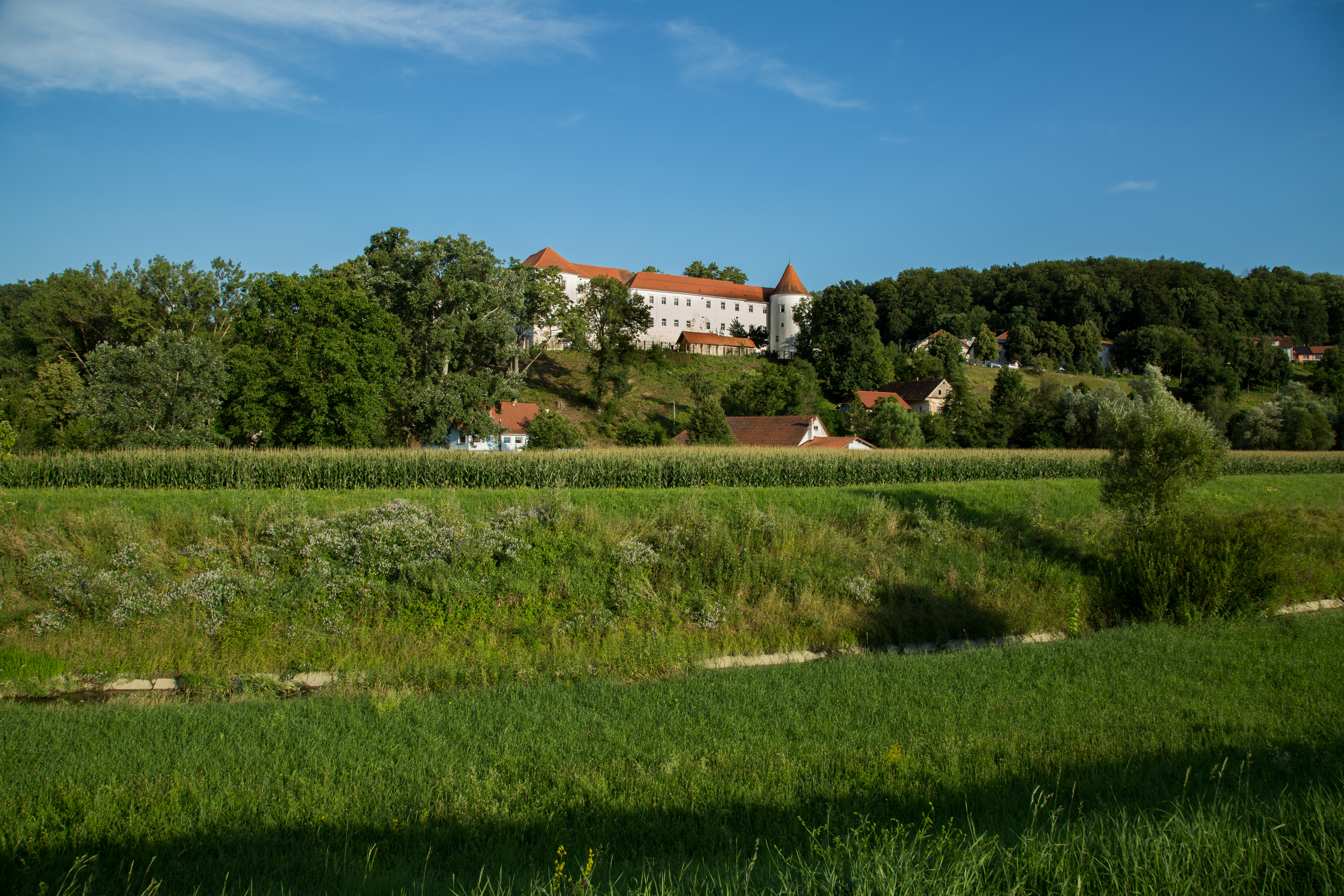Hrastovec Castle
Hrastovec v Slov. goricah 22, 2230 Lenart v Slov. goricahDescription
Castle Hrastovec, located on the hill above the valley of the river Pesnica, is one of the mightiest castles of Slovenian Styria. The name Hrastovec (originally Gvtenhage) is first mentioned in the Styrian state urbarium for the year 1265. It is assumed, however, that the first mentioning of Gvtenhage does not refer to Hrastovec castle as we now know it, but probably to a small settlement or a much smaller stronghold on the hill. The existence of a smaller castle or stronghold in Hrastovec is proven in 1294, connected to Henrik der Hagg (from Hrastovec), mentioned in the donation of Adelaide from Hagg. In 1338 Friedrich from Landsberg is mentioned as the owner of Hrastovec castle in connection with the castle’s St. Ožbalt’s chapel. Between 1430 and 1433 the Hagg family died out and the estate came into the hands of the Hollenegg family. In 1447 the owner was Andrej Hollenegg, who in the same year achieved that the Holy Roman Emperor Friedrich III gave Lenart its market rights. This allowed Andrej to establish a court in the settlement and to hold exclusive fishing and hunting rights in the area. The Hollenegg family came into conflict with the rising Herberstein dynasty, which managed to gain Hrastovec in 1481 after a legal battle. The Herberstein family were the most powerful and prominent owners of Hrastovec castle. The famous diplomat and intellectual Sigismund (Žiga) Herberstein (1486-1566) was a renowned member of the family and visited Hrastovec castle on several occasions. The family greatly expanded the castle and the whole estate, of which they remained the owners until 1802, when it was bought by the Pauer brothers. In 1909 the Herberteins bought the castle back and it remained in their possession until the Second World War. After the war, in 1948, the Hrastovec-Trate institution for the mentally disabled was founded in the castle. The organization still calls the castle complex its home. When looking at the mighty castle, one can easily see two completely different styles: the northern part flaunts its Baroque exterior, while the round defensive towers of the southern part are typical of the late Renaissance. The latter section dates from around 1600 and still reminds us of the typical Medieval castle. The more elegant northern part, on the other hand, was remade between 1655 and 1666 by the Italian architect Domenico della Torre. The last important adaptation of the castle was its rebuilding in the Baroque style in the 1730s. The castle's interior elements have been only partially preserved in various museums, mostly in the Ptuj Regional Museum. The stunning ponds below are also a part of the castle complex.

